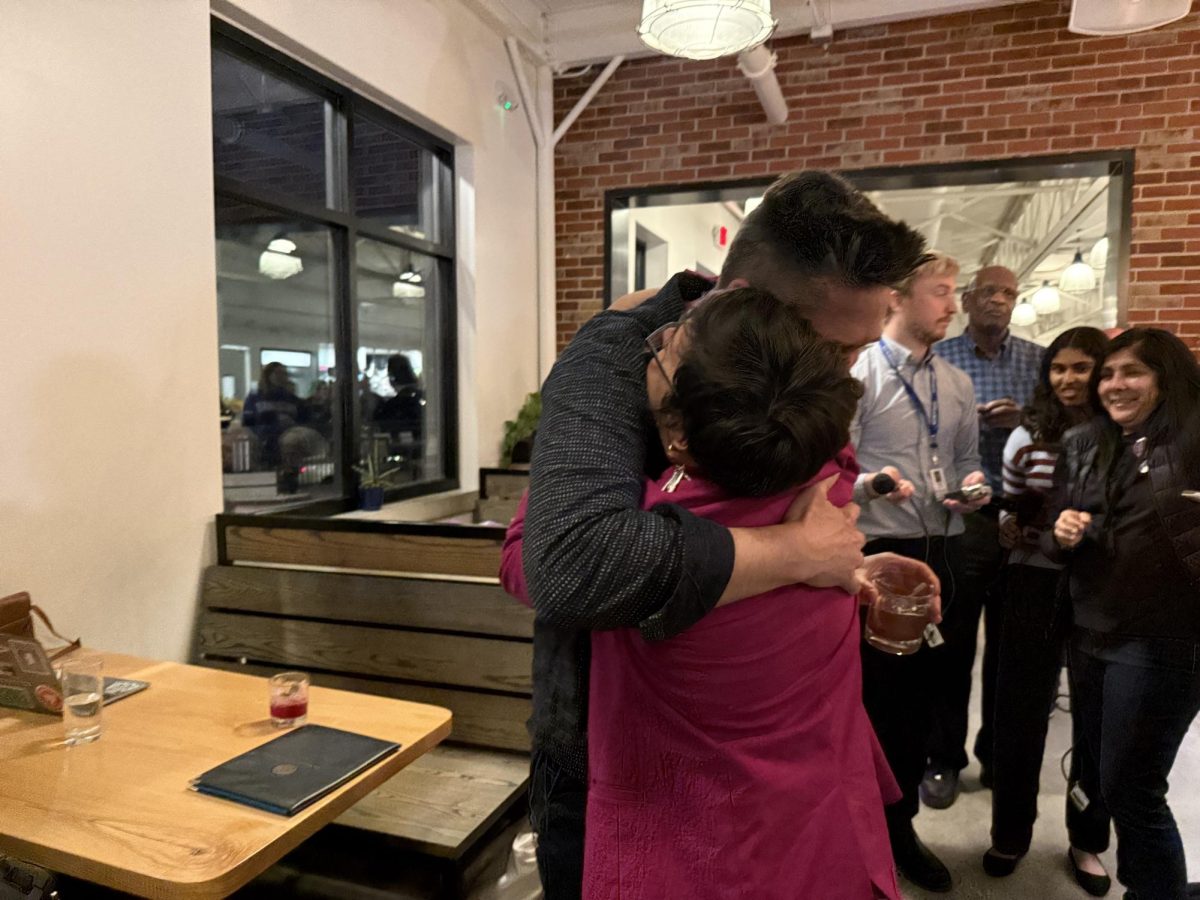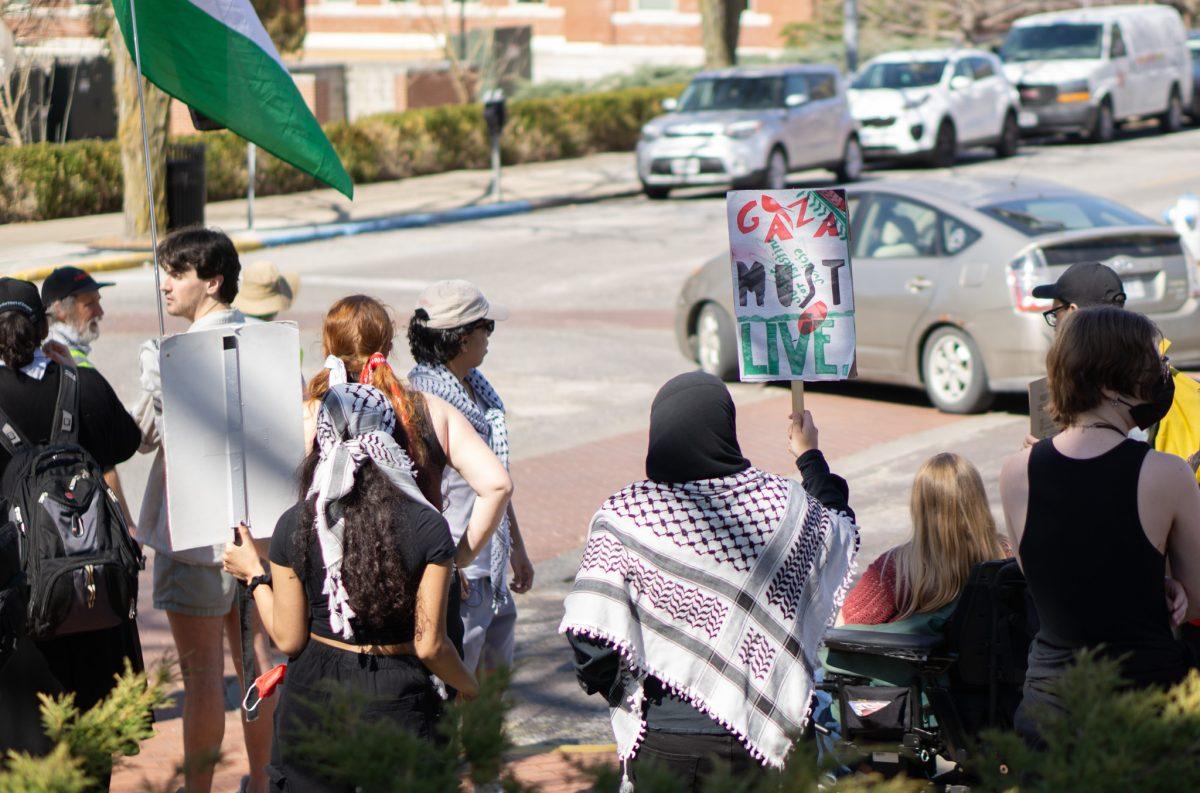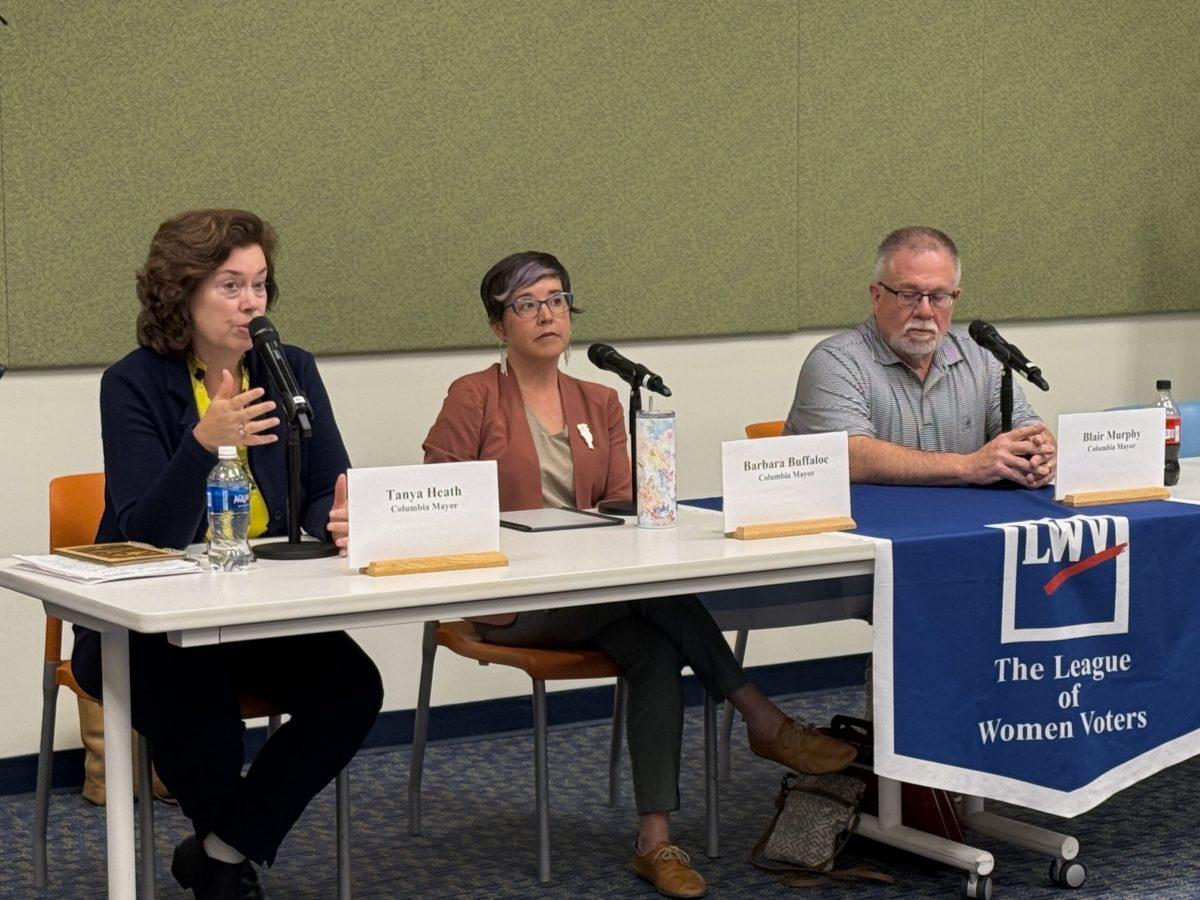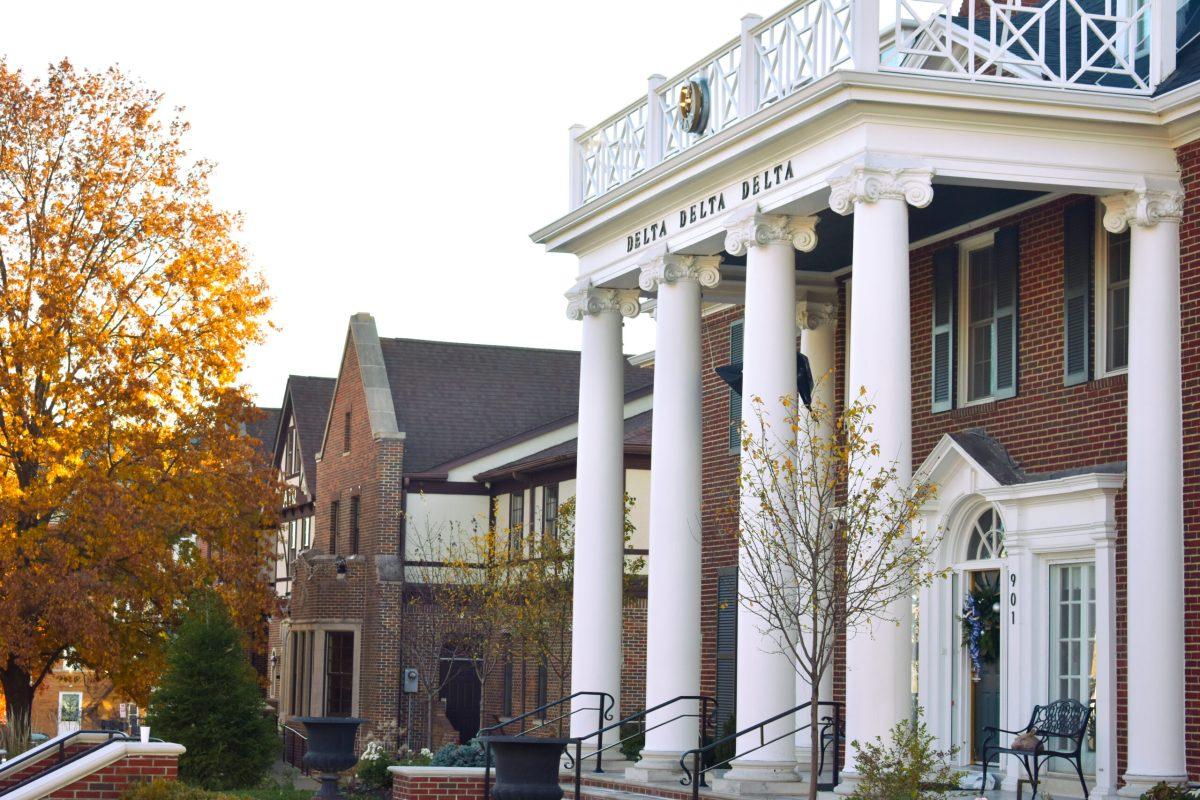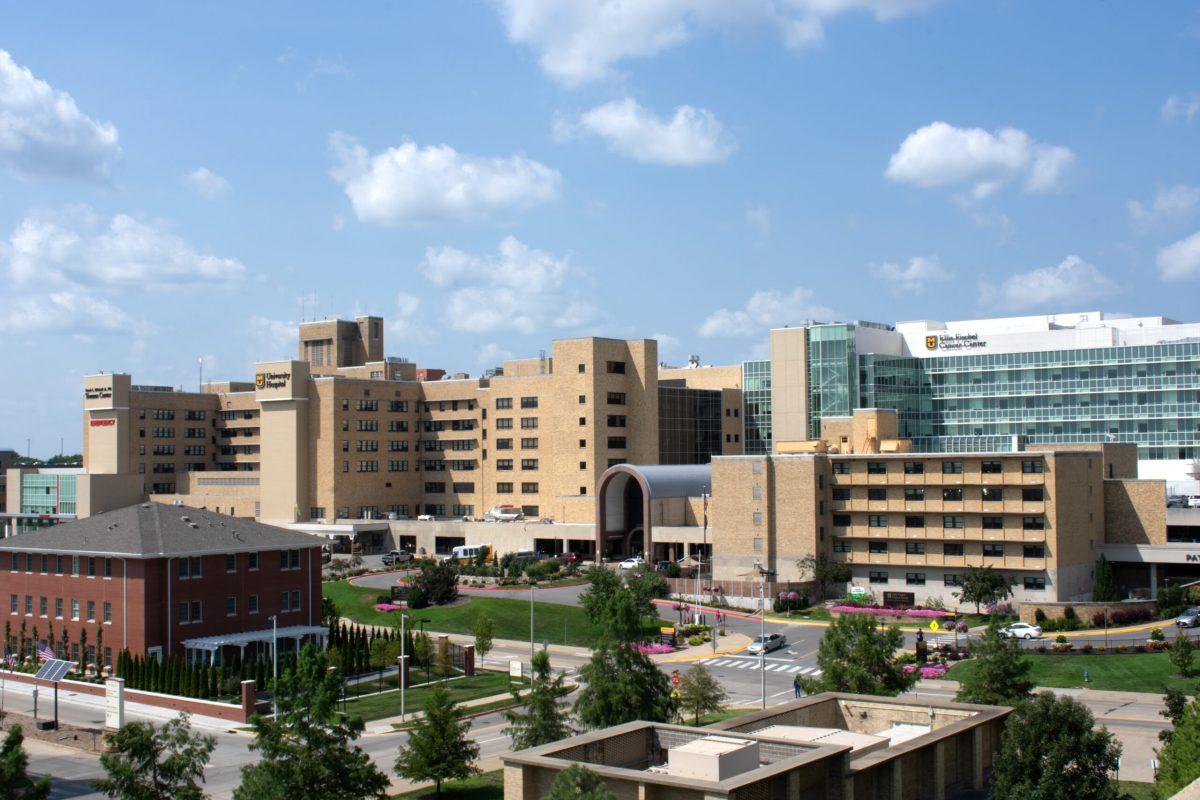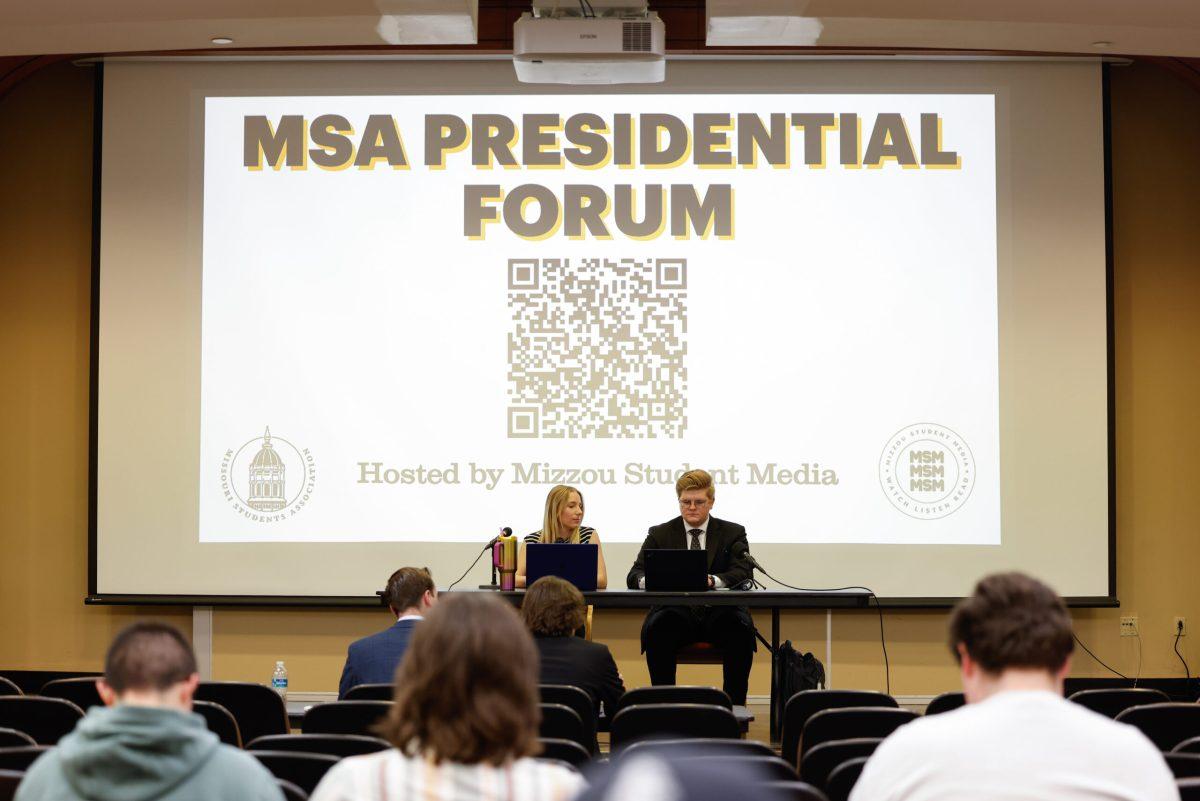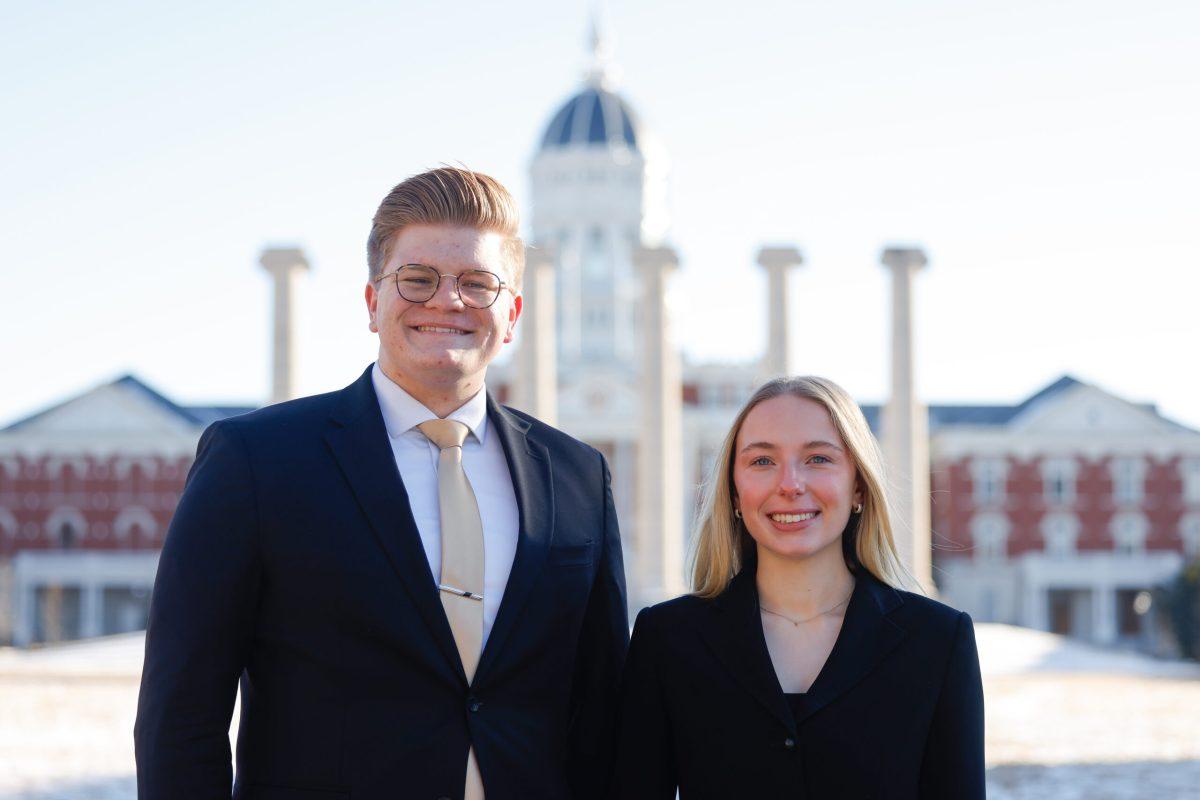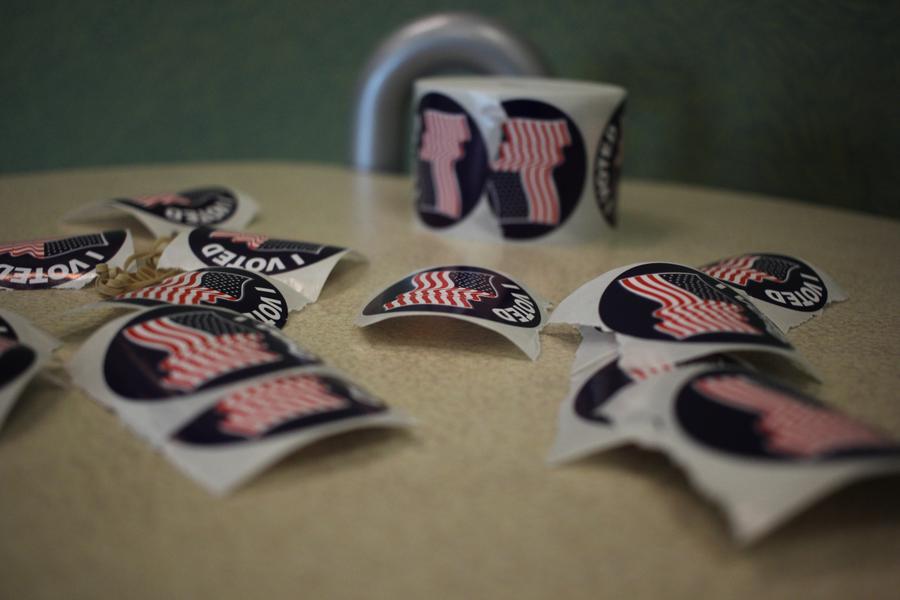As the on campus student population continues to grow, the MU library system is looking to revitalize its spaces with more study rooms and tech integration.
For years, efforts have been underway to relocate The State Historical Society of Missouri from its residence in the east wing of Ellis Library. In August, this became a reality when the new Center for Missouri Studies was unveiled and became the headquarters for the organization.
Now, the SHSMO’s former location in Ellis Library will be transformed into the new Student Experience Center as a part of MU’s five-year capital plan, and would replace the Student Success Center on Lowry Mall.
This project is part of the MU library system’s collective effort to connect students directly with resources and centralize their location on campus, according to Shannon Cary, communications officer of MU Libraries.
“When it comes to space, we tend to be talking about student space and what’s the best use of our space so that they can be successful in learning at the university,” Cary said.“I think really as we look at spaces moving forward a lot of what we’ve discussed is flexibility of space because there isn’t one type of student doing one type of work.”
Surveys conducted by the library system have shown that students want a balance between quiet study spaces and group meeting rooms, according to Cary. Group spaces in particular have grown in popularity over the years, which has led to an increase in reservable study rooms across campus.
Additionally, library administration is looking to integrate more technology and related resources throughout these spaces.
“The digital media lab is one of the big things we’ve added in last just year or two so that we have spaces for video recording, podcasting, software for editing, VR technology,” Cary said. “That’s something that we’re moving towards and increasing availability of that type of technology.”
While journalism students have often had access to resources like these, this push is designed to give all students greater access to multimedia technology that is often incorporated into classes. However, in order to add all of these modern features to the library system, one thing has to go: the books.
For years the MU library system has been quietly relocating large portions of its collection to an off-campus site located on Lemone Industrial Boulevard. These print materials are still available upon request but have been relocated as the circulation of print materials has declined.
Library administration has also been working with the architecture firm Shepley Bulfinch on potential ways to remodel pre-existing spaces. There has been, however, some pushback to removing print materials from the libraries.
Some students and faculty have voiced concern to housing large portions of the libraries’ collection off-site and would prefer to keep them located on campus.
“My preference of a library is how I described: rows of books and little nooks to study in and not so much open tables,” freshman Bailey Martin said. “If they’re getting rid of books and putting them someplace else just to have another coffee shop or more comfortable seating or more computers then I think it’s no longer a library; it’s just a place to study.”
Recently, the MU Sustainability Office tweeted a link to an article from The Atlantic aimed at promoting discussion about the modernization of college libraries. The article reveals how many college students just want the simple, traditional features of a library without new amenities or tech integration. Additionally, it touches on how the advent of the internet has brought back concerns on the longevity of print materials.
However, the MU library system is still committed to upholding its primary roles. While the off-site depository of print materials will likely expand, the library system would still retain relevant and timely print materials for students and faculty, especially with subject areas in which print materials are invaluable. Additionally, the libraries would still assist in locating materials and providing research help, but potentially moving it online through chats.
“We’re going to work with our space planners, we’re going to work with administration, and we’re going to talk to our students and then we’ll make a decision on what works best for our students,” Cary said. “But I imagine that we will continue to do a lot of the traditional things while providing new technology and new spaces.”
_Edited by Ben Scott | bscott@themaneater.com_


